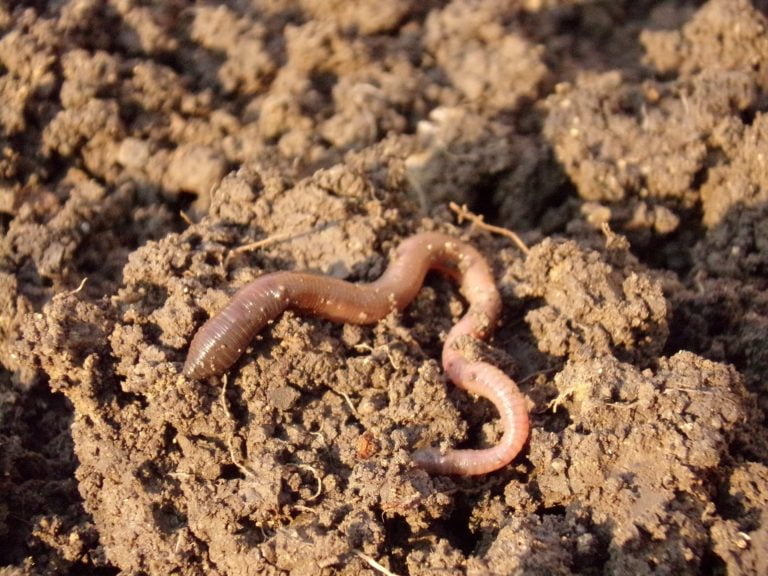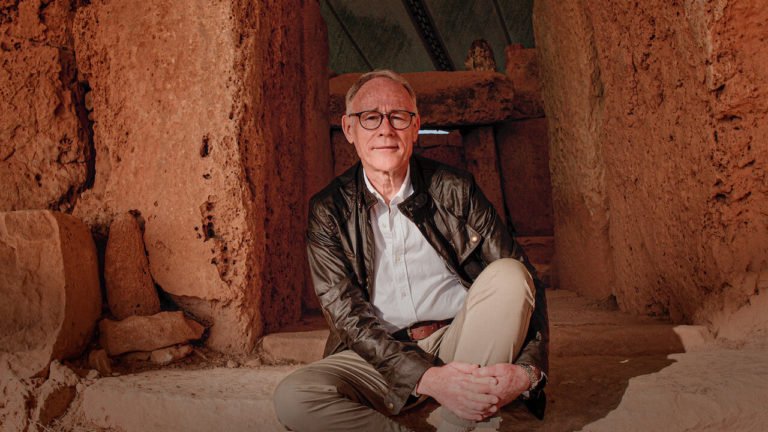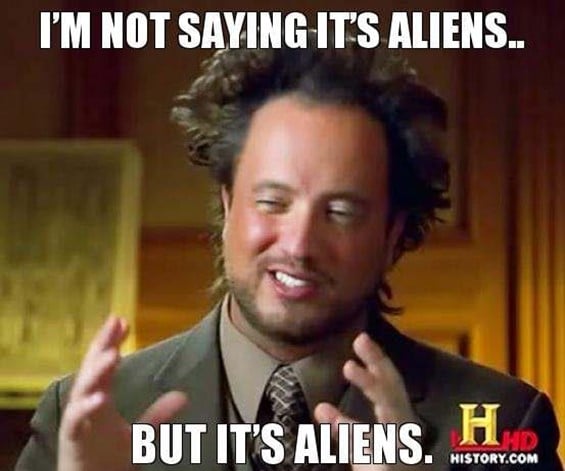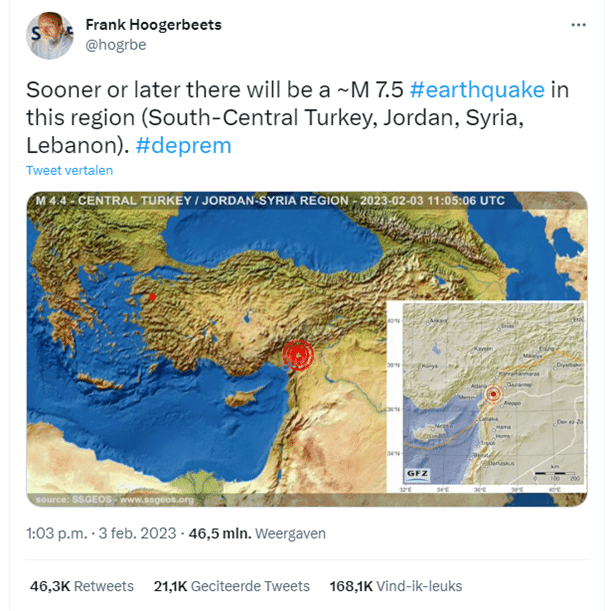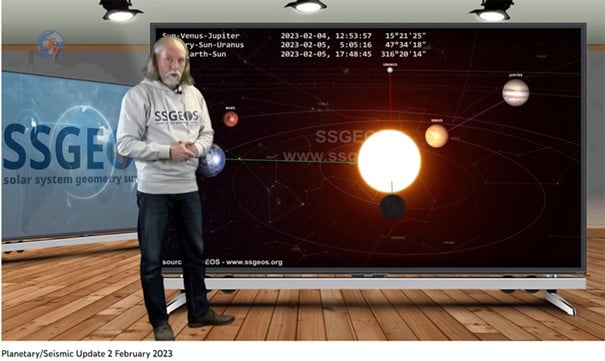Religion is often criticised for being exploitative. Priests teach you to bow your head and accept the gods’ superiority, and in so doing, they soften you so as to obey the tyrant’s commands.
But here and there, religions do challenge the gods. The Book of Job is one such case. It tells the story of Job, a man who has suffered many misfortunes. Some “friends” try to convince Job that he has nobody to blame but himself, as sinners get their just punishment. Job does not accept this argument; he reminds his “friends” that he has always been a virtuous person, and in fact, he furiously protests God.
Many Biblical scholars think that many generations later, an editor was shocked by Job’s protests. So, two sections were added to the text. First, in the prologue, God and Satan agree to test Job’s faith. As part of the ordeal, Job’s ten children are killed. Second, in the epilogue, God confronts Job for his protests, and Job acquiesces. God decides that Job has passed the test, so “the Lord blessed the latter part of Job’s life more than the former part”, by giving him ten new children.
This is supposed to be a happy ending. But any reasonable person can see how terrible the story is. Why would God, being omniscient, need to test Job? And why would such a test require killing innocent children? In fact, the Book of Job presents the children as if they were simply replaceable commodities. Biblical scholar Bart Ehrman meaningfully asks:
What was this author thinking? That the pain of a child’s death will be removed by the birth of another? That children are expendable and replaceable like a faulty computer or DVD player? What kind of God is this? Do we think that everything would be made right if the six million Jews killed in the Holocaust were “replaced” by six million additional Jews born in the next generation?
Indeed, this God is a moral monster, reflecting the kind of archaic mentality that, ever since the Enlightenment, we have attempted to overcome. But skeptics should realise that, to some extent, we modern people still have that mentality, even in unsuspected places.
Suppose that at the beginning of the test, God presented a dilemma to Job. Job could choose to preserve his newborn child, or he could let God kill him, and in return, he would receive two newborn children. In other words, Job would have to choose between preventing infant mortality, or increasing fertility. I – and I hope most people – would choose the former. But many of our institutions do not always reflect this choice.
Consider medicine. Medical resources are always scarce, so we must decide how to properly allocate them. Many countries follow the QALY (Quality of Life-Adjusted Years) system. As explained by the National Institute for Healthcare and Excellence (NICE) a QALY is
a measure of the state of health of a person or group in which the benefits, in terms of length of life, are adjusted to reflect the quality of life. One quality-adjusted life year (QALY) is equal to 1 year of life in perfect health. QALYs are calculated by estimating the years of life remaining for a patient following a particular treatment or intervention and weighting each year with a quality-of-life score (on a 0 to 1 scale).
When it comes to deciding what treatment must be prioritised in funding, those that increase QALY units the most get priority.
So, ultimately, medical resource allocation is all about adding QALYs to the population. According to this criterion, what should Job do? If he chooses to save his living child he will add, say, 60 QALYs. But if he lets God do his murderous deed, he receives two children, and in that case, he will add 120 QALYs. If Job is to follow the QALY approach, must he comply with the be-fruitful-and-multiply Biblical commandment to the letter, even if it pains him losing his newborn child?
QALYs operate under the principle of total utilitarianism. If, as the utilitarians would have it, we must seek the greatest amount of happiness for the greatest amount of people, then one way of getting there is by increasing the number of people in the world. Philosopher John Harris explains:
If what matters most is the number of life-years the world contains, then the best thing we can do is devote our resources to increasing the population. Birth control, abortion and sex education come out very badly on the QALY scale of priorities.
By the same token, under QALY rules, fertility should be prioritised above the curbing of infant mortality.
Some philosophers have tried to solve this problem by arguing that QALYs only concern the already living. But in accepting this caveat, aren’t we dismissing the rights of future generations? If we should only care about the current generation, why even bother with funding of fertility treatments at all? More disturbingly, if we have no obligations towards future generations, what is the point in trying to avert ecological collapse if, after all, our current generation will likely not suffer the effects of global warming?
Even if we dismiss obligations towards future generations, the use of QALY measures still has weird implications. Suppose that with X amount of money, you could either save the life of one newborn child with a rare disease, or alleviate lower back pain of 200 persons. Because of the large number of beneficiaries for the lower back pain treatment, that option will likely generate more QALYs. Are we therefore willing to sacrifice the child?
This indicates that utilitarianism might not always be the best answer to our ethical problems. Some things are beyond numbers. This is especially the case with the saving of lives. Death is a harm. And while it can be quantified (five deaths are worse than one death), its harm cannot be compared to other non-lethal harms, even if in the aggregate, the death of one person removes fewer utility units than other harms.
Religion may be the opium of the people, and the stubborn adherence to the doctrine of the sanctity of life – a typically religious belief – is an obstacle to sensible decisions in topics such as abortion and euthanasia. But religion’s emphasis on life-saving and averting the harm of death does at least provide some necessary input in making moral decisions about resource allocation in medicine. God seemed to think of Job’s children as replaceable DVD players. We should know better.







